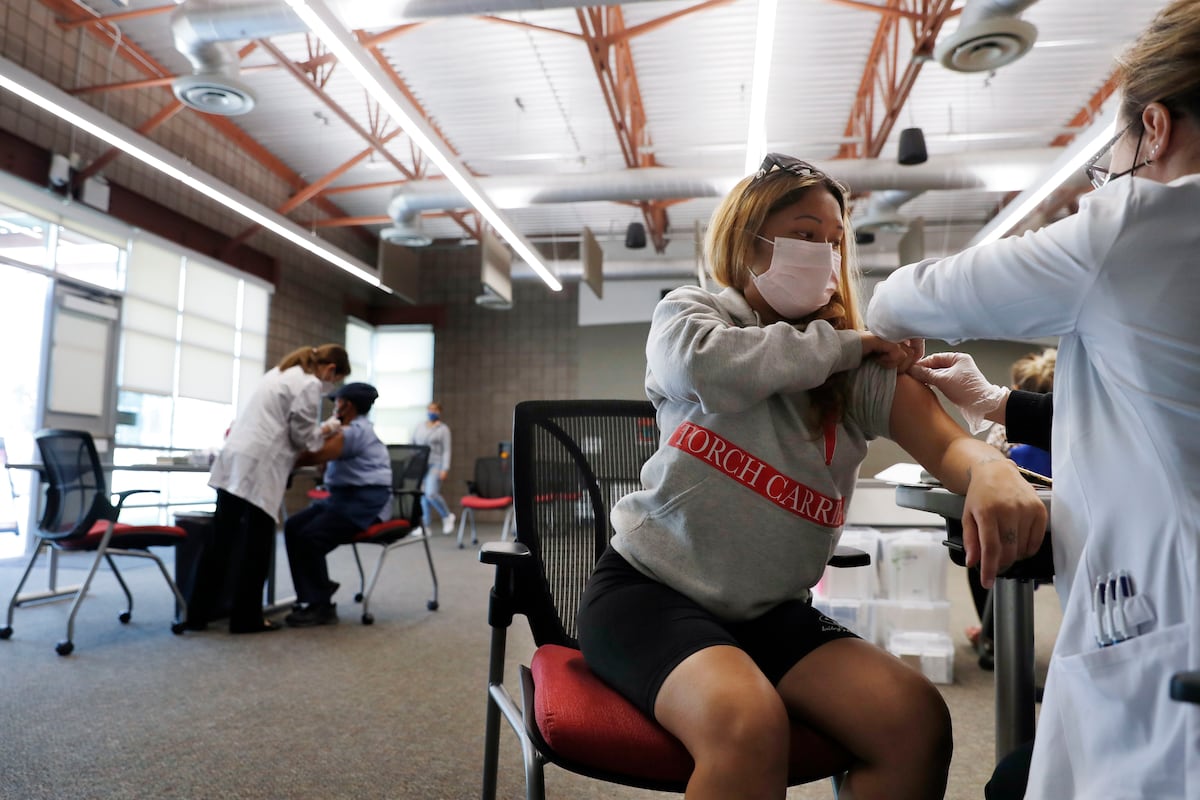Are Covid Cases Rising in the U.S.? What You Need to Know This Summer

Recent data from federal health agencies, particularly the Centers for Disease Control and Prevention (CDC), show increases in both emergency department visits and Covid-related deaths in several states. The latest data, released July 1, showed emergency department visits up 23%, continuing an upward trend seen since early summer. The data points to a resurgence in some states, including Hawaii and, to a lesser extent, Arizona, New Mexico, Florida, and Washington.
According to the latest CDC report, the percentage of emergency department visits with a positive Covid diagnosis was 0.9%, based on the latest available data for the week of June 22. The data suggests that while the overall number of cases may not be overwhelming health care systems, the virus continues to circulate and impact communities. This surge comes amid ongoing efforts to manage and mitigate the spread of the virus, despite the availability of vaccines and prior exposure to the virus in a significant portion of the population.
In addition to the increase in emergency department visits, the Covid-related death rate has also increased by 14%. While any increase in the death rate is concerning, it is important to contextualize these numbers. Unlike the peak periods of the pandemic, particularly the winter months of late 2020 and early 2021, the absolute number of deaths remains lower.
This increase in deaths reflects a percentage increase, rather than a return to the alarming death rates seen previously. However, it highlights the ongoing threat posed by the coronavirus, particularly to vulnerable groups such as older adults and those with underlying health conditions.
Why are there more cases?
Several factors are driving the recent increase in Covid cases, emergency room visits, and deaths. First, new variants, such as the KP.3 and KP.2 strains, have emerged and have led to further spread of the disease. These variants, while not necessarily more severe in symptoms, have the potential to evade immunity acquired from previous infections or vaccines.
Second, there are seasonal variations in Covid transmission patterns, with warmer months traditionally seeing fewer cases. However, the recent rise in cases in the summer suggests that Covid transmission dynamics may be influenced not only by environmental factors, but also by behavioral and epidemiological factors. Large crowds, decreased compliance with preventive measures such as mask use, and travel patterns are also contributing factors to the current resurgence seen in many states.
What to do in a rebound situation?
In response to current epidemiological trends, public health agencies like the CDC are emphasizing the importance of vaccination and adherence to preventive measures. Vaccination remains a critical tool to reduce severe illness, hospitalization, and death from Covid, despite the evolving nature of variants. The Centers for Disease Control and Prevention (CDC) recommends that eligible individuals receive booster doses of the vaccine to increase immunity against circulating variants and reduce the risk of reinfection, which could lead to severe consequences.
Key Covid preventive measures include wearing masks in indoor public spaces and where appropriate physical distancing cannot be maintained; washing hands frequently with soap and water for at least 20 seconds; using an alcohol-based hand sanitiser if water is not available; maintaining physical distance of at least 1 metre from people who are not part of the same household; avoiding crowds and poorly ventilated indoor spaces and practising respiratory etiquette by covering your cough or sneeze with your elbow or a disposable tissue.
In addition, health systems are encouraged to maintain preparedness and capacity to cope with potential waves of Covid cases. This includes adequate staffing, availability of medical supplies, and ongoing public health advocacy to promote testing, isolation, and quarantine protocols. Enhanced surveillance and data collection efforts are also critical to monitor virus trends, identify new hotspots, and inform targeted measures to limit transmission.
